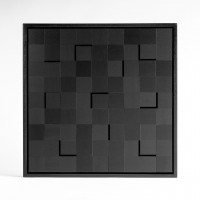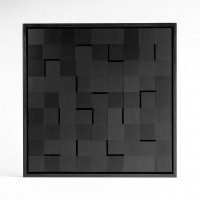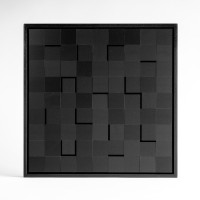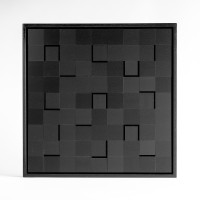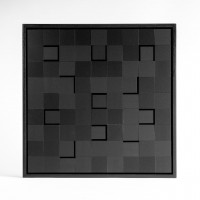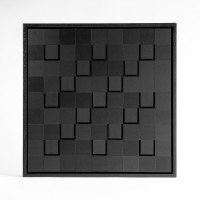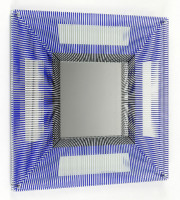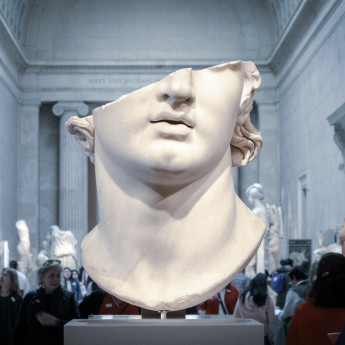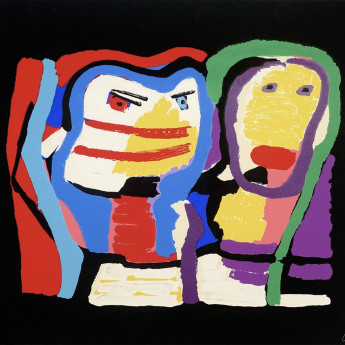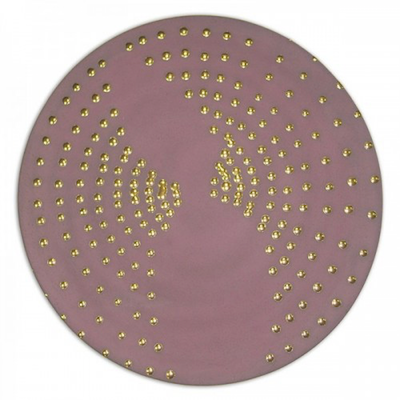
Details
Artist
Styles
// Luis Tomasello’s S/T 2 - Naranja from 2013 is a limited-edition lithograph that explores the subtle interplay of light, form, and color. This artwork features two diamond-shaped clusters of small, raised white squares with soft orange accents, meticulously arranged to create a sense of depth and movement. The orange reflections add warmth to the predominantly white composition, with each square casting delicate shadows that enhance the piece's three-dimensional effect. Tomasello’s use of color and form invites viewers to engage with the shifting dynamics of light and perception, making the artwork an exploration of minimalist aesthetics and spatial illusion.
S/T 2 - Naranja , 2013
form
Medium
Size
63 x 63 cm
- Inches
- Centimeters
Edition
Price
- USD
- EUR
- GBP
Details
Artist
Styles
// Luis Tomasello’s S/T 2 - Naranja from 2013 is a limited-edition lithograph that explores the subtle interplay of light, form, and color. This artwork features two diamond-shaped clusters of small, raised white squares with soft orange accents, meticulously arranged to create a sense of depth and movement. The orange reflections add warmth to the predominantly white composition, with each square casting delicate shadows that enhance the piece's three-dimensional effect. Tomasello’s use of color and form invites viewers to engage with the shifting dynamics of light and perception, making the artwork an exploration of minimalist aesthetics and spatial illusion.
- Recently Added
- Price (low-high )
- Price (high-low )
- Year (low-high )
- Year (high-low )
What is the Zero Movement?
ZERO was an art movement founded by Otto Piene and Heinz Mack, aiming to develop into a large international and cross-border movement. The name ZERO originated from a magazine founded by Heinz Mack in 1957, which became a platform for the group's ideas. The magazine was published for several years before ceasing in 1967. The ZERO movement sought to create a new beginning in art, emphasizing light, space, and movement, and became influential in post-war European art.


